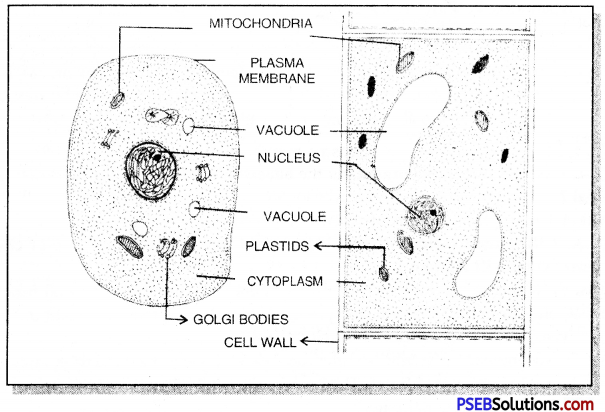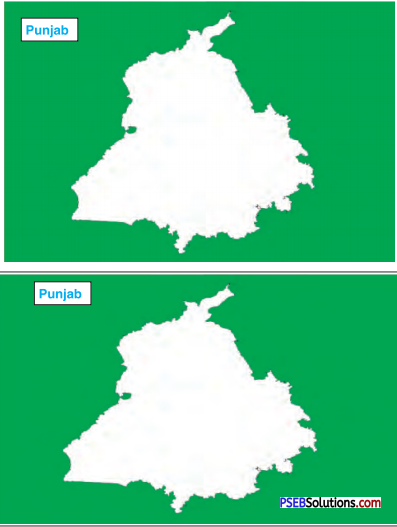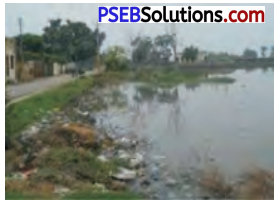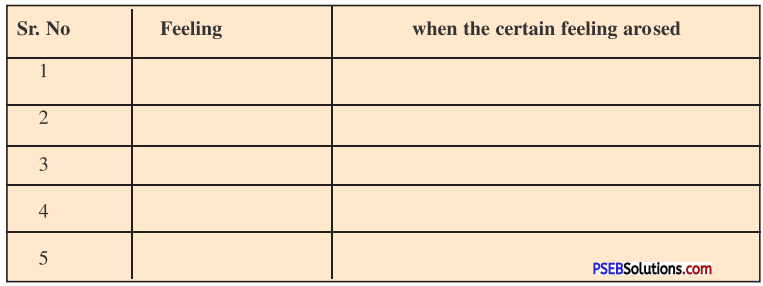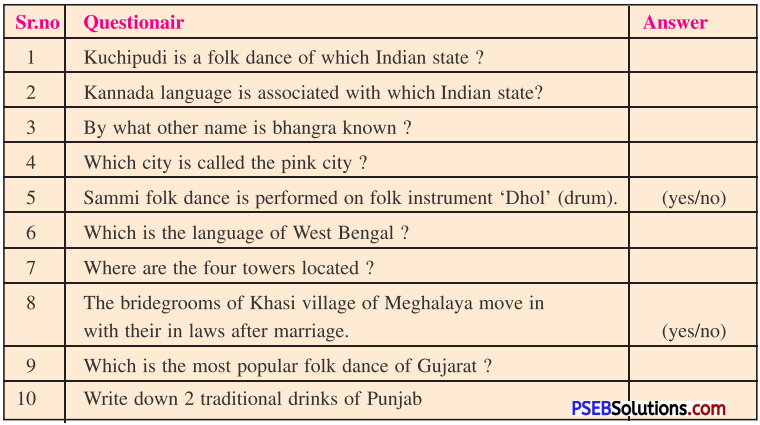Punjab State Board PSEB 9th Class Computer Book Solutions Chapter 5 Introduction to MS-Access Textbook Exercise Questions and Answers.
PSEB Solutions for Class 9 Computer Science Chapter 5 Introduction to MS-Access
Computer Guide for Class 9 PSEB Introduction to MS-Access Textbook Questions and Answers
1. Fill in the Blanks
1. ………………. is a relational database management system.
(a) Excel
(b) Word
(c) Powerpoint
(d) Access
Answer:
(d) Access
2. ………………… is the main part of the database.
(a) Query
(b) Table
(c) Form
(d) Module
Answer:
(b) Table
3. One field is the collection set of ………………..
(a) Database
(b) Tables
(c) Data items
(d) Forms
Answer:
(c) Data items
4. Queries are used for tables to convert, …………….., ………………… and ………………..
(a) Store, Forms, Update
(b) For delete, Create table, Update
(c) For Store, Paste, Copy
(d) Copy Queries, Make modules, create reports
Answer:
(b) For delete, Create table, Update
5. Important setting for a field is called ………………..
(a) Database
(b) Macro
(c) Data types
(d) Reports
Answer:
(c) Data types
2. Short Answer Type Questions
Question 1.
Write the name of components of MS-Access.
Answer:
M-S Access has various components. All of the components along with their descriptions are shown below :
Table. Access 2010 Program Window Elements
| Name |
Description |
| Title bar |
Appears at the top of the program window and displays the name of the database and the program. The buttons on the right side of the Title bar are used to minimize, maximize, restore, and close the program window. |
| Quick Access toolbar |
Appears on the left side of the Title bar and contains frequently used commands that are independent of the tab displayed on the Ribbon. |
| Ribbon Extends |
Extends across the top of the program window, directly below the Title bar, and consists of a set of tabs, each of which contains groups of related commands. |
| Navigation pane |
Appears on the left side of the program window and displays a list of all the objects in a database. |
| Object window |
Appears below the Ribbon and displays open database objects. |
| Status bar |
Appears at the bottom of the program window and displays information about the database and provides access to certain program functions. |
Question 2.
Write data types that are used in MS-Access.
Answer:
Data is stored in the computer according to its type. MS-Access supports various data types which are :
Text. The field can contain any characters. The Field Size property defines the maximum number of characters. The maximum cannot be above 255 characters.
Memo. Like a text field, but the maximum number of characters is 65,535. Access takes more time to process a memo field, so use text fields if adequate.
Number. The field can contain a number. The Field Size property defines what kind of number. ,,
Integer. A small integer. It must be in the range -32,768 to +32,767 (a 16-bit integer).
- Long Integer. It must be in the range of around -2,140 million to +2,140 million (a 32-bit integer).
- Single. A decimal number in the range from -3.4*1038 to +3.4*1038 with an accuracy of 6 or 7 significant digits (a 32-bit floating-point number).
- Double. A decimal number in the range from -1.8*10308 to +1.8*10308 with 14 significant digits (a 64-bit floating-point number).
- Decimal. A very long integer with a decimal point placed somewhere. Intended for monetary calculations where rounding must be strictly controlled. In the book, we use Single or Double instead.

Question 3.
What are the advantages of MS-Access?
Answer:
Various advantages of using MS Access are :
1. Easy to install and use —Access gives data managers a fully functional, relational database management system in minutes. Like many other Microsoft applications, Access contains Wizards that walk you through each step of the way. The user interface is intuitive; accelerating data information retrieval.
2. Ease to integrate—Access works well with many of the developing software programs based in Windows. It also can be used in the front-end as back-end tables with products like Microsoft SQL Server and non-Microsoft products like Oracle and Sybase.
3. NET-friendly—Access is a go-to choice for users who plan to develop software using .NET; linking to Access database. Its graphical user interface also offers easy functionality and setup.
4. Widely popular—Microsoft Access is the most popular desktop database system in the world.
Question 4.
What do you mean by record?
Answer:
A record is sometimes referred to as a row, while a field is also known as a column. There are several ways to delete, add or edit records in a table using Microsoft Access. Users can directly manipulate records in Datasheet view. A query can be created and designed to edit and view records by simply running the query. Alternatively, a form can also be designed and created based on a database query or table then used to manipulate records.
Question 5.
What is table 7-Name the different ways to create a table?
Answer:
A table is a database object that you define and use to store data. Each table contains information about a particular subject (such as customers). A table consists of records and fields. Each record contains data about one instance of the table subject (such as a particular customer). Each record consists of one or more fields. Each field contains data about one aspect of the table subject (such as a customer’s first name or email address). Because other database objects depend so heavily on tables, you should always start your design of a database by creating all of its tables, and then creating any other objects. In Datasheet view, a table is similar in appearance to an Excel worksheet in that data is stored in rows (records) and columns (fields). The first row contains column headers (field names). In this format, the table is often simply referred to as a datasheet.
There are two ways to create a table in MS Access which are:
- Creating Tables in Datasheet View
- Creating Tables in Design View
Question 6.
What do you mean by Form?
Answer:
A Form is a database object which allows you to view the data one record at a time, unlike a Table where you can view the data as a continuous list of records. A Form is a convenient tool for data entry purposes because it allows the user to see all the Field entries in a single record at one time, unlike the Table view (the Datasheet View) which will often be unable to show all the data fields of a single record across the screen.
Question 7.
What is the report?
Answer:
A report is an object in Microsoft Access that is used to display and print your data in an organized manner. The Navigation Pane is where you can find all of the saved reports in the database. To view your reports, make sure that all objects are visible in the Navigation Pane. To do this, click on the Navigation Pane menu and select “Object Type” from the popup menu. Click on the Navigation Pane menu one more time and select “All Access Objects” from the popup menu. Now the Navigation Pane should display all of the tables, queries, forms, reports, and modules that are in your database. You should now be able to see all of your report objects.
3. Long Answer Type Questions
Question 1.
What are the instructions to design the database? Explain it.
Answer:
Various instructions to create a Database are :
The rule of thumb that should guide you, when planning a database, is that it becomes increasingly difficult to make changes the further along you go in the process of building a new database. If you think about it, this is true of anything you create. Here, then, are some words of wisdom that you should bear in mind when designing a database.
Taking your time upfront saves time later on:
The database you create will have a long, useful life if you take the time to plan it carefully. After you have decided on the fields to include with each record, and before you create the database, you should still invest time designing layouts for reports. Thinking about reports will cause you to think about what data you plan to put in the database.
Teamwork helps:
During the planning stage, run your ideas by others who are familiar with the kind of database you have in mind. Network among your friends. Tell them what you have in mind. Ask them to review your design. You’ll be surprised how many valuable ideas they’ll come up with that may have escaped you if you had relied on your own resources. Another good idea is to involve your students in the design. This will help them learn skills that will benefit them throughout their lives.
Keep fields simple:
The more “atomic” your fields the more flexible will be your database. Atomic here means “reduced to its simplest form.” For example, in a database of names and addresses, you would keep each part of the person’s name as a separate field. The first name should be stored by itself; the same for the middle name and last name. That way you can sort the names by first or last name. You can print a listing last name first or first name last, with or without the middle name, and so on. You will have choices. Lumping the whole name under one field limits your options.

Question 2.
Write steps to make table through datasheet view.
Answer:
Creating Tables in Datasheet View: In the Datasheet view, you can enter data into a new table without first defining the table’s structure.
To create a table in Datasheet view :
On the Create tab, in the Tables group, click the Table button. A new, blank table opens in the Object window in Datasheet view.
Adding Fields by Entering Data. You can add a new field to the table by entering data in the Click to Add column (the last column) of the datasheet; Access will automatically assign a data type based on the data that you enter.
To add a field by entering data :
1. Click in the first cell in the Click to Add column, enter the first item of data for the new record, and then press the Tab or Enter key to move to the first cell in the column to the right. Access assigns the value 1 to the ID field, assigns the name Field to the second field, and moves the Click to Add label to the third column. The icon on the row selector changes to a pencil to indicate that the record has been changed, but has not yet been saved, and the asterisk (*) icon moves to the row selector of the next row.
2. Click the pencil icon in the row selector. This saves the first record with the value 1 assigned to the ID field; subsequent records will be numbered sequentially.
3. Continue entering items of data in consecutive cells, and pressing the Tab or Enter key.
4. When you finish entering all the data for the first record, click anywhere in the row below to save the record. After you complete the first record of a new table, you should change the default field names to something more meaningful. For instructions, see the Renaming Field section of this handout. After you enter several rows of data, it is a good idea to save the table. For instructions, see the Saving Table section of this handout.

Question 3.
How does the table create in design view? Write steps.
Answer:
To create a table in Design view various steps are:
1. On the Create tab, in the Tables group, click the Table Design button. A new, blank table opens in the Object window in Design view.
To define fields various steps are:
- In the Field Name column, type a name for the first field.
- In the Data Type column, click the down arrow and select a data type from the list (see Figure). The Field Properties pane displays the available properties for the selected data type.
- In the Description column, type a description for the field.
- Repeat steps 1 through 3 to add additional fields to the table. After you add all of your fields, you must save the table before you can add any data.
Question 4.
What are the filters? Write steps to implement it.
Answer:
Filters allow you to view only the data you want to see. When you create a filter, you set criteria for the data you want to display. The filter then searches all of the records in the table, finds the ones that meet your search criteria, and temporarily hides the ones that don’t. Filters are useful because they allow you to focus on specific records without being distracted by the data you’re uninterested in. For instance, if you had a database that included customer and order information, you could create a filter to display only customers living within a certain city or only orders that contain a certain product. Viewing this data with a filter won11 be far more convenient than searching for it in a large table.
Steps to create a filler
1. Click the drop-down arrow next to the field you want to filter by. We will filter by city because we want to see a list of customers who live in a certain city.
2. A drop-down menu with a checklist will appear. Only checked items will be included in the filtered results. Use the following options to determine which items will be included in your filter :
- Select and deselect items one at a time by clicking their checkboxes. Here, we will deselect all of the options except for Cary.
- Click Select All to include every item in the filter. Clicking Select All a second time will deselect all items.
- Click Blank to set the filter to find only the records with no data in the selected field.
3. Click OK.

Question 5.
What is sorting? How do you implement it on your document?
Answer:
Sorting is the tool in MS Access that lets you organize your data. When you sort data, you are putting it in some order. When you sort records, you are putting them into a logical order, with similar data grouped together. For example, the information in a database belonging to a bakery could be Sorted in a number of ways:
- Orders could be sorted by order date or by the last name of the customers who placed the orders.
- Customers could be sorted by name or by the city or zip. code where they live.
- Products could be sorted by name, category (like pies, cakes, and cupcakes), or price.
You can sort both text and numbers in two ways: in ascending order and descending order. Ascending means going up, so an ascending sort will arrange numbers from smallest to largest and text from A to Z. Descending means going down, or largest to smallest for numbers and Z to A for text. First, you have to move to the column on which the sort is to be based:
- Press <Tab> to move to the Surname field
- Click on [Ascending] in the Sort & Filter group on the Home tab of the Ribbon. The names of the students are now in alphabetical order. Note that only the screen display is sorted – the records are still stored in the order in which they were typed, and they always will be.
- Use the [Remove Sort] button to reset the data to its original unsorted order.
PSEB 9th Class Computer Guide Introduction to MS-Access Important Questions and Answers
Fill in the Blanks
1. ………………… is the main file of the database.
(a) Table
(b) Field
(c) Database
(d) Record
Answer:
(c) Database
2. ………………. provides facility to store data.
(a) Row
(b) Column
(c) Table
(d) Field
Answer:
(c) Table
3. ………………… is the special setting of the field.
(a) Data
(b) Database
(c) Data type
(d) Data field
Answer:
(c) Data type
4. …………….. is a unique Key.
(a) Secondary
(b) Candidate
(c) Foreign
(d) Primary
Answer:
(d) Primary
True or False
1. Access is a product of Microsoft company
Answer:
True
2. Forms are used to view data.
Answer:
False
Short Answer Type Questions
Question 1.
What is Query?
Answer:
A query allows the user to view, change, and analyze data in different ways like combining data from two different tables (Customers and Orders) to create a user’s own custom view (London Orders for April). Can also be used as the source of records for forms, reports, and data access pages.
Question 2.
Define form and report in Ms access.
Answer:
Form: A form allows a user to enter/change/update data to the table(s)
Report: A report is an effective way to output your data in a printed format in the way you want it
Question 3.
Explain how you can import data from other sources into the Access database?
Answer:
To import data into the Access database :
- In the main menu, click on EXTERNAL DATA, in the Import and Link group
- Choose the type of file you want to import
- To know which type of file can be imported or link the Access database, follow the instruction in the Get External Data wizard

Question 4.
Explain what is the size limitation for an Access database?
Answer:
The Access 2.0 database has a size limitation of 1 gigabyte.
Question 5.
Between different data’s what are types of relationships can be formed?
Answer:
The table contains your data can build three types of relationships:
- One-to-one relationships: A single piece of data in one table is linked with a single data in another table.
- One-to-many relationship: A single piece of data in a table is linked to several data’s in another table
- Many-to-many relationship: Where several data’s in one table is related to several other data’s in another table
Question 6.
Explain how you can build a relationship between the different databases in Access?
Answer:
When you establish a relationship between two data, the first table for your data is referred to as the primary key while the new field in another data is called a foreign key.
Question 7.
Name some of the file extensions for MS Access.
Answer:
One of the file extensions for MS Access is
- Access database.accdb
- Access project.adp
- Access project.mdw .
- Access blank project template.adn
- Access workgroup.mdw
- Protected access database.accde
Long Answer Type Questions
Question 1.
Explain how you can create a form in Microsoft Access 2013?
Answer:
Forms allow inserting data across multiple tables. There are different methods for creating forms but with the Form Wizard method, you can always modify the form later using Design View. To create a form
- From the main menu, click on CREATE and then choose the FORM option
- It will create a new form in Layout view, based on the fields in the Customer table
- Scroll the drop-down arrow under the View icon and select Form View. This is how the user will see the form.
- On the form, you will see fields like Customer, First Name, Last Name, and Date Created
- After filling in all details in the form, you can see the newly created record with data in the table
- Once you completed filling the field in the form, confirm that you click on the save button on the top of the ribbon
Question 2.
In MS Access 2013 what are the different ways you can enter data?
Answer:
Different methods you can enter data in MS Access are
- Datasheet View
- Form
- SQL View
- Import from External Data (XML, Data Services, HTML, etc.)
Question 3.
How do you import data from another access database?
Answer:
The process of importing data from another Access database follows these general steps they are. % Preparing the document for import operation and make sure that extensions are not in .mde or .accde because in that extension you can import only tables. % Source should be closed automatically when the process is completed % Make sure that you have permission to reading and write.

Question 4.
What types of applications can we build with Microsoft Access?
Answer:
There really is no limit on the types of applications that can be built with Microsoft Access. Accounting, order management, inventory, contact management, estimating, and project management are just a few types. For example, some companies find that available accounting software packages do not give them the flexibility they need to capture their accounting information and choose to build a custom Access application designed specifically for their business needs. The same holds true for order and inventory management.
Microsoft makes available many Microsoft Access templates for common needs such as contact management, inventory, etc. which can be customized further to meet a particular business need. These templates are available on the Microsoft.com website. Regardless of whether an existing template exists, Microsoft Access can Be used to design powerful, multi-user applications that can drive extraordinary efficiencies in your business.
![]()

![]()
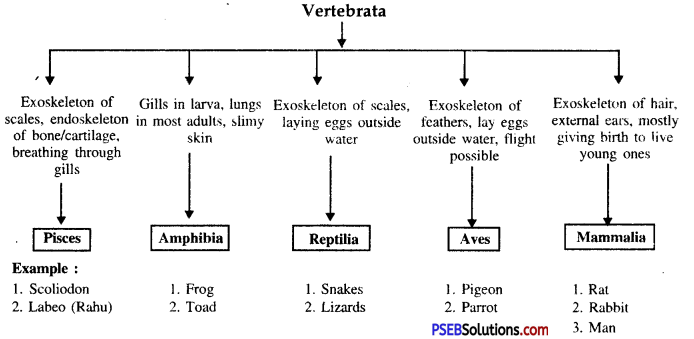
![]()
![]()
![]()
![]()
![]()
![]()



